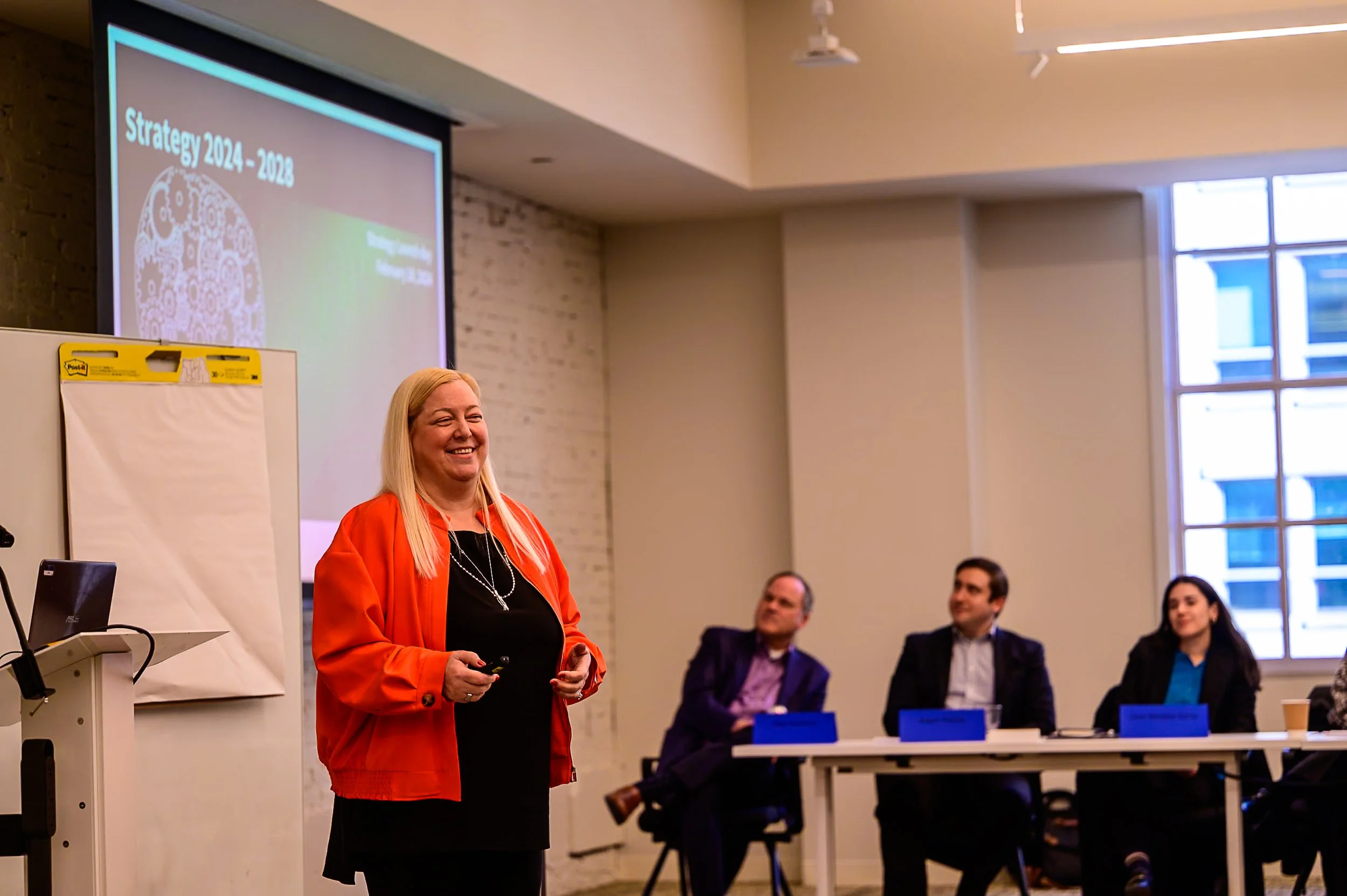
SILab Ideas: Process and Tools for Improving Organizations
A great customer experience (CX) depends on efficient, compelling processes. Process improvement sounds simple enough – just identify a few bottlenecks or weak points, reroute processes, teach the new processes to your employees, and congratulate yourself on a job well done. Right?
Process improvement rarely goes this smoothly and they can be particularly difficult for the Federal Government because the size and complexities of the programs leads to processes that become firmly ingrained in day-to-day work and culture. To get it right, the Government must recognize their weak spots and develop a plan that integrates process improvement with their strategy and with organization change management techniques.
Five steps to help make process improvement (even with some technology sprinkled in!) a success:
1. Create a Journey Map – A Journey Map visualizes the journey a stakeholder, user, or employee goes through to successfully complete a goal. It visualizes processes through the eyes of the customer. This allows agencies and organizations to understand how processes affect their customers and to build this perspective into their solution
2. Use a Journey Map to Identify Your Identify Weaknesses – Analyzing the journey map to identify pain points, opportunity areas, or steps that you may not need to do any more is a great place to start. Bring in a diverse team to walk through the steps and suggest solutions. Conduct an IdeaJam (an innovation workshop) to stimulate ideas, using different lenses on the problem areas. Then prioritize focus areas so you can make measurable, positive impacts on your CX and mission results
3. Apply Innovation Tools – By using innovation tools such as empathy maps, affinity sessions, mind mapping, and other Design Thinking techniques, teams can target process weaknesses with the end user/customer in mind. By empathizing with customers and prioritizing them, it builds processes that are efficient for organizations, effective in reaching customers and stakeholders, and meets budget and time constraints
4. Make a Change Management Plan and Communicate – For most organizations, processes drive day-to-day work. Even small processes changes can affect an entire organization, so it is important to let your employees and stakeholders know what is coming. If you are adding new procedures or communication channels process steps, communicate this early and often. If you removed an unnecessary or redundant part in the process, then reallocate staff time and energy to more strategic activities. Creating a change management plan helps organize your thoughts and better manage potential risks
5. Measure and Monitor New Processes – Setting Key Performance Indicators (KPIs) and other performance metrics helps make sure the processes are improving and achieving mission goals. Performance measures give us the ability to claim success when we are right, and correct course when we are wrong. This is critical for the Government as stewards of taxpayer dollars
Process improvement can be a massive effort to reengineer an entire system or it can be as simple as a few small adjustments to forms or procedures. All can improve both the customer experience and the employee experience. Get started by putting the customer first, planning the change, communicating, and measuring results.





















